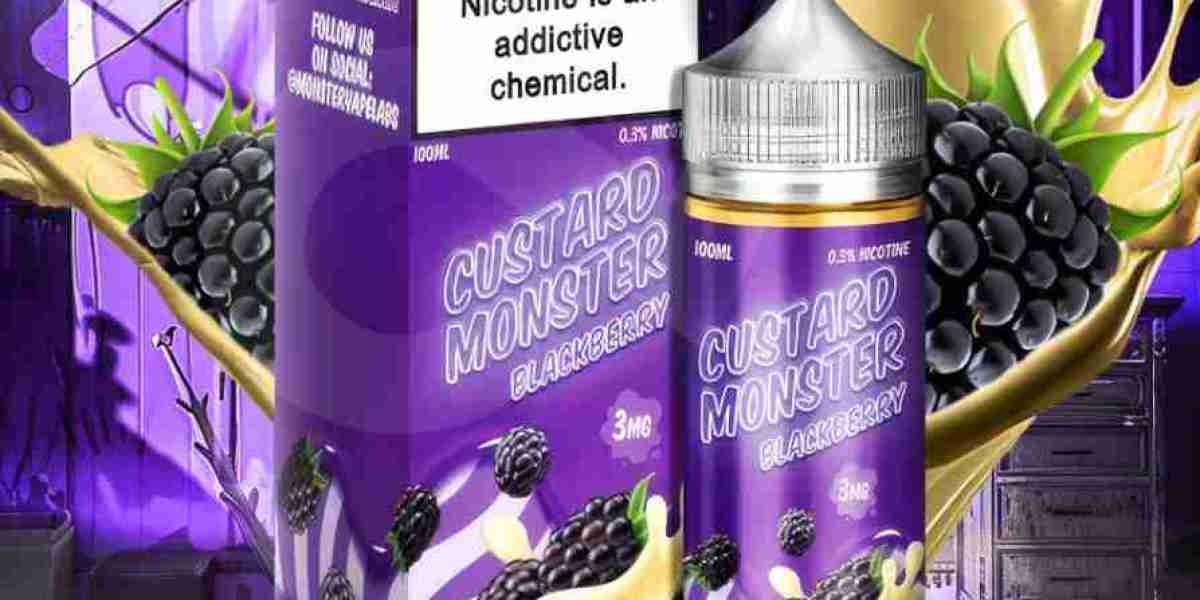The global fill finish manufacturing market is projected to reach USD 28.14 billion by 2030 from USD 18.36 billion in 2025, at a CAGR of 8.9% from 2025 to 2030. The growth of the fill finish manufacturing market can be credited to the expansion of the GLP-1, biosimilars, and vaccine pipeline, which is driving volumes for biologics fill finish, and Annex-1 compliance requirements are driving equipment upgradation.
The fill finish manufacturing market is growing, driven by key factors such as the increasing demand for automated and small-batch solutions in personalized medicine manufacturing and the outsourcing to fill finish CDMOs to enhance capacity.
The consumable segment accounted for the highest share by product in the fill finish manufacturing market in 2024.
The global fill finish manufacturing market is segmented by product type into two main categories: consumables and instruments. In 2024, the consumables segment accounted for the leading contributor to the global fill finish manufacturing market. This is largely driven by the escalating demand for injectable drug delivery systems, particularly with the growing use of parenteral formulations. The pharmaceutical industry has seen a significant shift toward biologics and biosimilars, which require high standards of sterility and precision during the fill finish process. Consumables such as pre-filled syringes, vials, stoppers, and cartridges play a critical role in maintaining drug stability, reducing contamination risks, and ensuring patient safety. Furthermore, the increasing adoption of ready-to-use (RTU) components and single-use systems is accelerating the reliance on high-quality consumables that can support aseptic manufacturing and reduce downtime. These materials are essential not only in ensuring product integrity but also in enabling faster turnaround times and flexible production cycles. As pharmaceutical companies strive to meet regulatory expectations while enhancing operational efficiency, the demand for advanced consumables is expected to continue growing. Their indispensable role in sterile drug filling processes makes them a central component of fill finish operations, thereby reinforcing their dominant position in the market.






